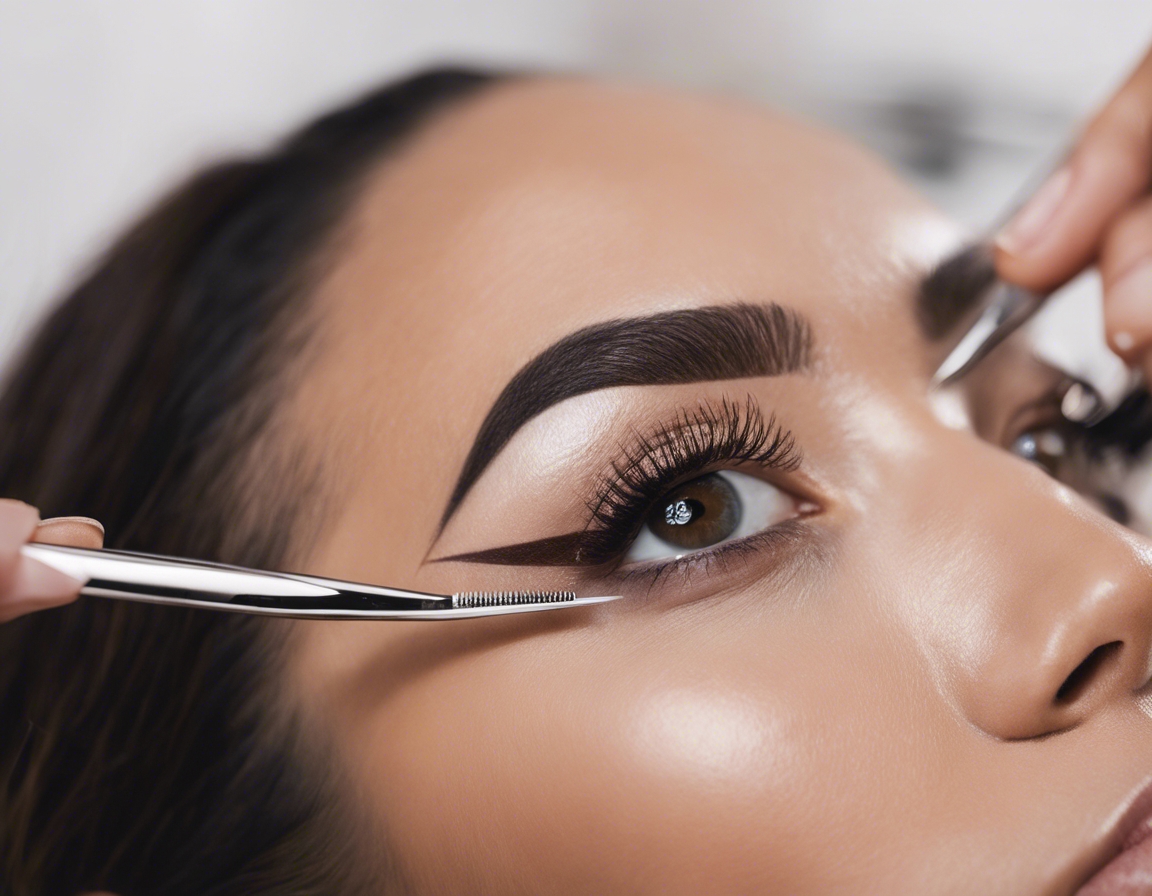The ultimate guide to at-home depilation
Depilation, or hair removal, is an essential part of many beauty routines. With the convenience of at-home methods, maintaining smooth skin has never been easier. This guide will explore the various techniques of at-home depilation, helping you choose the best method for your skin type and lifestyle.
Understanding Hair Removal
Hair grows in a cycle with three distinct phases: anagen (growth phase), catagen (transitional phase), and telogen (resting phase). Understanding this cycle is key to effective hair removal and can influence the timing and method of depilation.
The body has different types of hair, from the fine vellus hair to the thicker terminal hair. The method of hair removal may vary depending on the hair type and the area of the body.
Popular At-Home Depilation Methods
Shaving is the most common form of hair removal. It's quick, painless, and convenient, but the results are temporary, and it can cause razor burn or ingrown hairs.
Depilatory creams dissolve hair at the surface of the skin. They are easy to use and suitable for most areas of the body, but may cause irritation for those with sensitive skin.
Waxing removes hair from the root, providing longer-lasting results than shaving. It can be done with cold or hot wax, but it may be painful and can lead to irritation or infection if not done properly.
Sugaring is similar to waxing but uses a natural paste. It's considered gentler on the skin and can be a good option for those with sensitivities.
Epilators are electronic devices that pluck hairs from the root. They offer long-lasting results, but the process can be uncomfortable, especially for beginners.
Home laser hair removal devices offer a more permanent solution by targeting the hair follicle. They require multiple sessions and can be costly, but they are effective for many users.
Choosing the Right Depilation Method
When selecting a depilation method, it's important to consider your skin type. Sensitive skin may react differently to certain methods, so it's crucial to choose one that won't cause irritation.
The effectiveness of some methods, like laser hair removal, can depend on hair type and color. Darker hair typically responds better to laser treatments than lighter hair.
Your pain tolerance is another factor to consider. If you have a low pain threshold, methods like shaving or depilatory creams may be more suitable than waxing or epilation.
Some methods require more time and preparation than others. Consider how much time you're willing to dedicate to depilation when choosing your method.
Pre-Depilation Skin Preparation
Cleansing the skin before depilation is crucial to prevent infection and ensure effective hair removal.
Exfoliating helps to remove dead skin cells and can reduce the risk of ingrown hairs.
There are various pre-depilation products available that can prepare the skin and improve the depilation process.
Post-Depilation Skin Care
After depilation, it's important to soothe the skin to reduce redness and irritation.
Moisturizing helps to keep the skin soft and can prevent ingrown hairs.
There are many products designed to care for the skin after depilation, including lotions and serums that can help slow hair regrowth.
Tips for Effective At-Home Depilation
Always test new depilation products on a small area of skin to check for adverse reactions.
Read and follow the instructions for any depilation method or product to ensure safety and effectiveness.
Regular depilation can lead to finer and less noticeable hair over time. Stick to a routine for the best results.
When to Seek Professional Help
Some areas, like the bikini line or eyebrows, may require a professional's touch for precise and safe hair removal.
If you experience recurring skin issues like severe irritation or ingrown hairs, consult a professional.
For long-term hair removal solutions, such as laser treatments, it's best to seek professional services.






Comments (0)